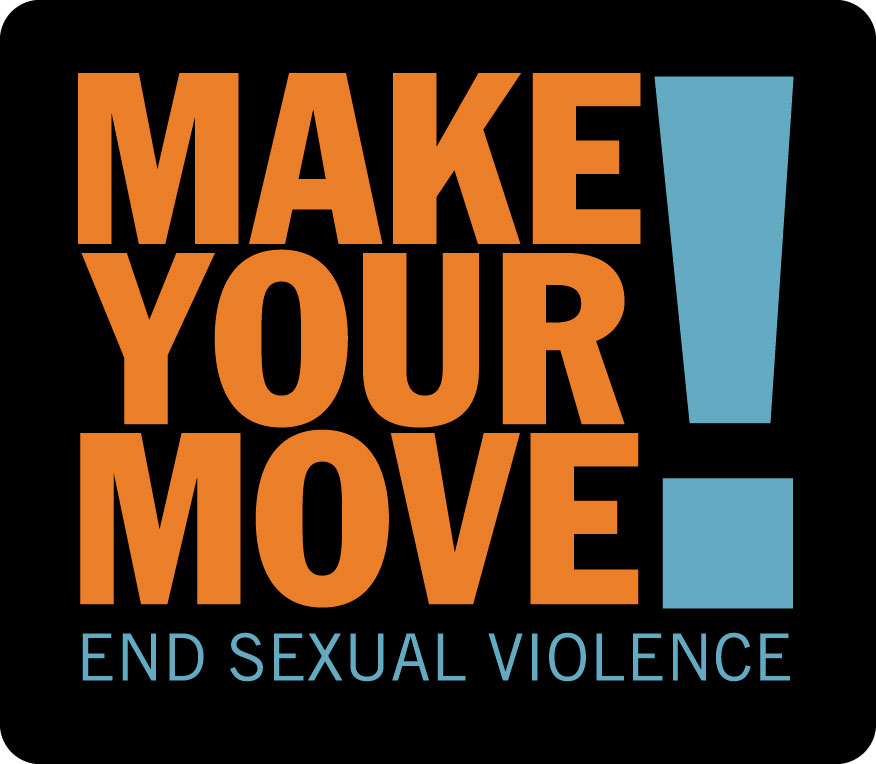Setting Boundaries
Good boundary setting involves knowing our own priorities and values, articulating how those needs can be met, and focusing on our behavior over another person’s.
During this pandemic, additional boundaries can help address risk of COVID-19 infection and spread.
Boundaries Not Rules
Boundaries are self imposed and self regulated.
Rules are set in place to control the behavior of other people. Rules can also be phrased like boundaries, except the options provided are manipulative or coercive.
Healthy relationships rely on articulating and respecting boundaries. Ideally, each of us and those we are in relationships with would work collaboratively to meet everyone’s boundaries and needs.
Boundaries:
“I’ll only have sex if we use a barrier.”
I want to be married when I first have sex.
I need to feel valued and cared for.
I only feel comfortable doing activities with moderately-low risk of COVID transmission, like meeting outside.
VS. Rules:
vs. “You have to wear a condom.”
vs. Everyone should wait until marriage to have sex.
vs. I need you to text me every night before bed.
vs. You have to keep your social circle small and only go to the grocery store once a week in order for me to hang out with you.
Knowing Our Priorities
Sometimes, all the things that we want easily align with our boundaries. However, sometimes we can want conflicting things. For example, we may want ice cream for dessert and may want to not eat sugar right before bed. We may not want to increase the risk of spreading coronavirus and want to hook up with someone new. If and when these wants don’t align, it is important to create personal boundaries based on what you prioritize more.
Determining our priorities can also be helpful in setting boundaries around our time and commitments. We can create boundaries based off of our goals and what is most important for us to say yes or no to. Listen to this video from Rogers Behavioral Health for more.
Communicating Our Boundaries
As this Advent Health article points out, utilizing “I statements” is great way to communicate our feelings and motivations with compassion and honesty.
Collaborate to meet everyone’s needs as best as possible! This can work out easily when wants and boundaries are in alignment, like when our friends feel comfortable with the risk and want to go on a hike together. Sometimes there can be misalignment, like wanting to cuddle with our partner, them wanting to cuddle with us, and having a boundary where we remain 6ft apart. When boundaries are misaligned, the more strict or lower risk boundary should be given preference.
Ideally, we can figure out solutions that ensure we and the people we care about still feel loved even when we cannot engage in the desired activity in this moment. To get to this point, we will likely have to have direct and vulnerable conversations.
Potential Questions to Ask:
What information would you like to know about my behavior to help you understand the level of risk for COVID-19 you may be at if we hang out?
Since we are having sex with multiple people, how often do you think we should get tested?
I plan to wear a face covering if we meet up inside. How about you?
Potential Answers to Give:
I’m not sure yet. Can I let you know tomorrow?
I really want to kiss you, and I also get anxiety thinking about you getting sick. I do feel good about sexting some more!
Boundaries and COVID-19
All relationships require boundary setting. We likely have different boundaries with different people - intimate partners, family, friends, coworkers, and strangers.
The current pandemic is helping us practice having overt and ongoing conversations around boundaries with everyone in our lives! As we learn more, boundaries may change. The key is to regularly communicate them!
